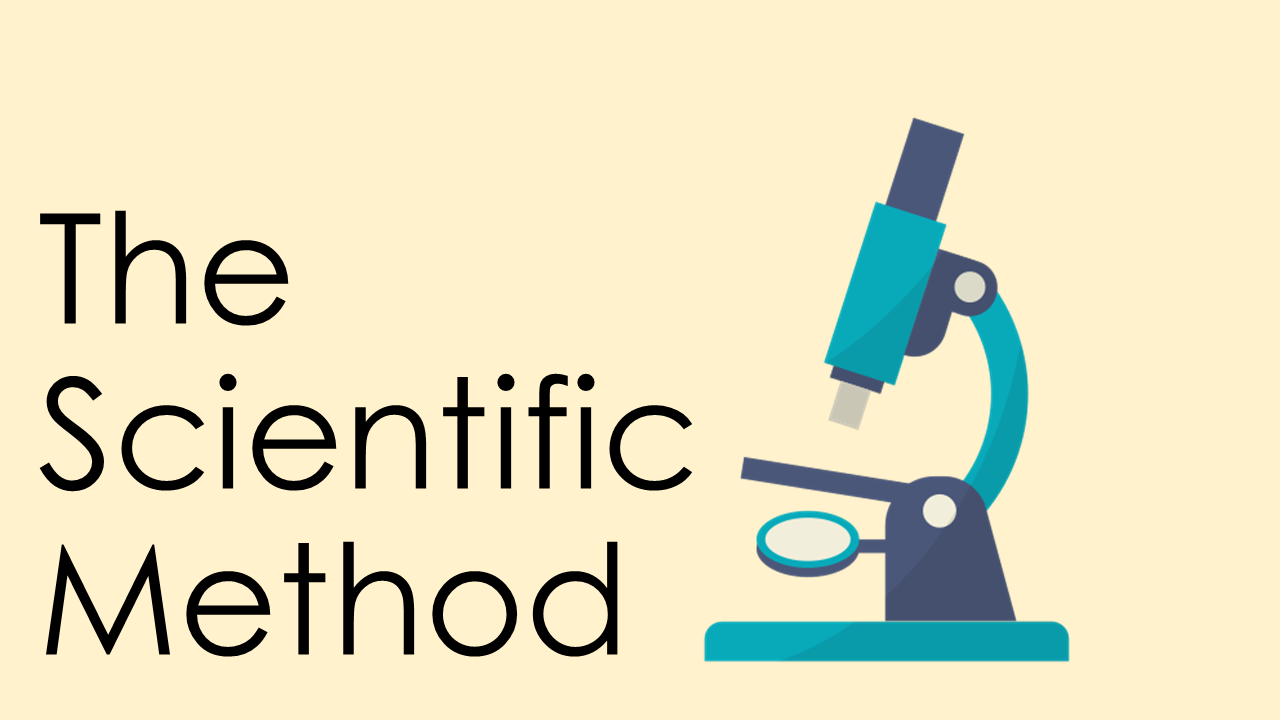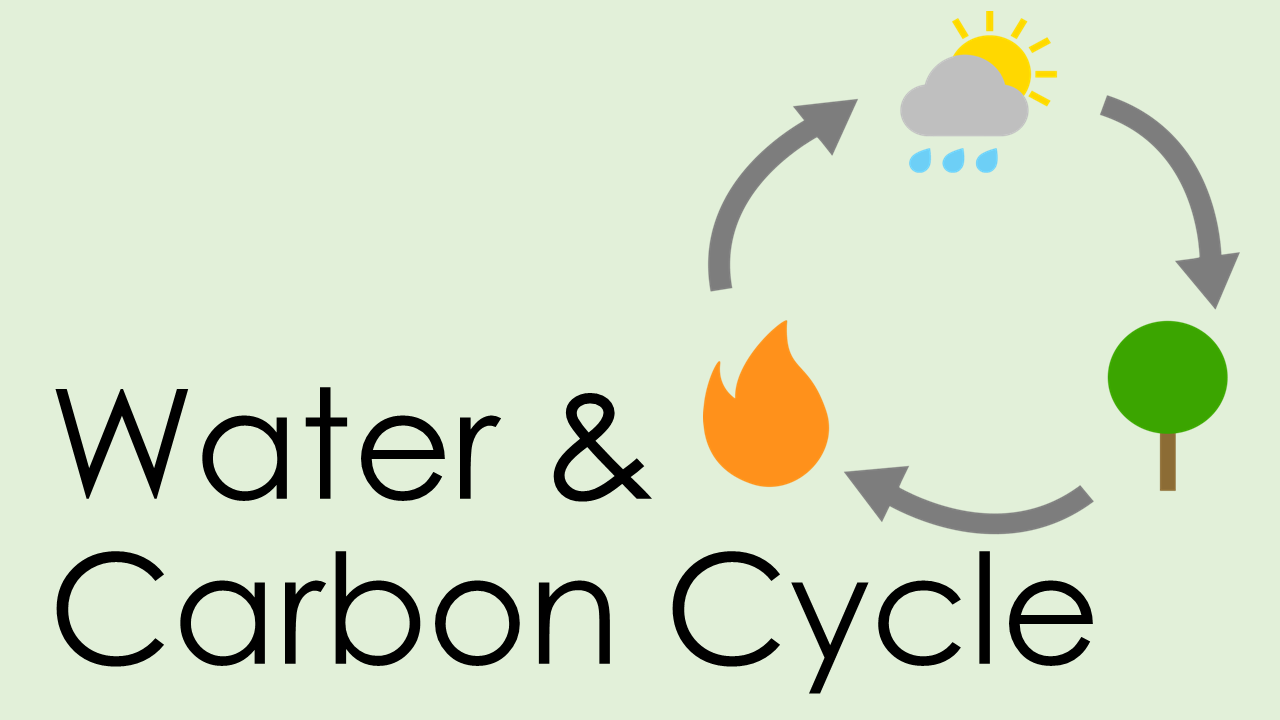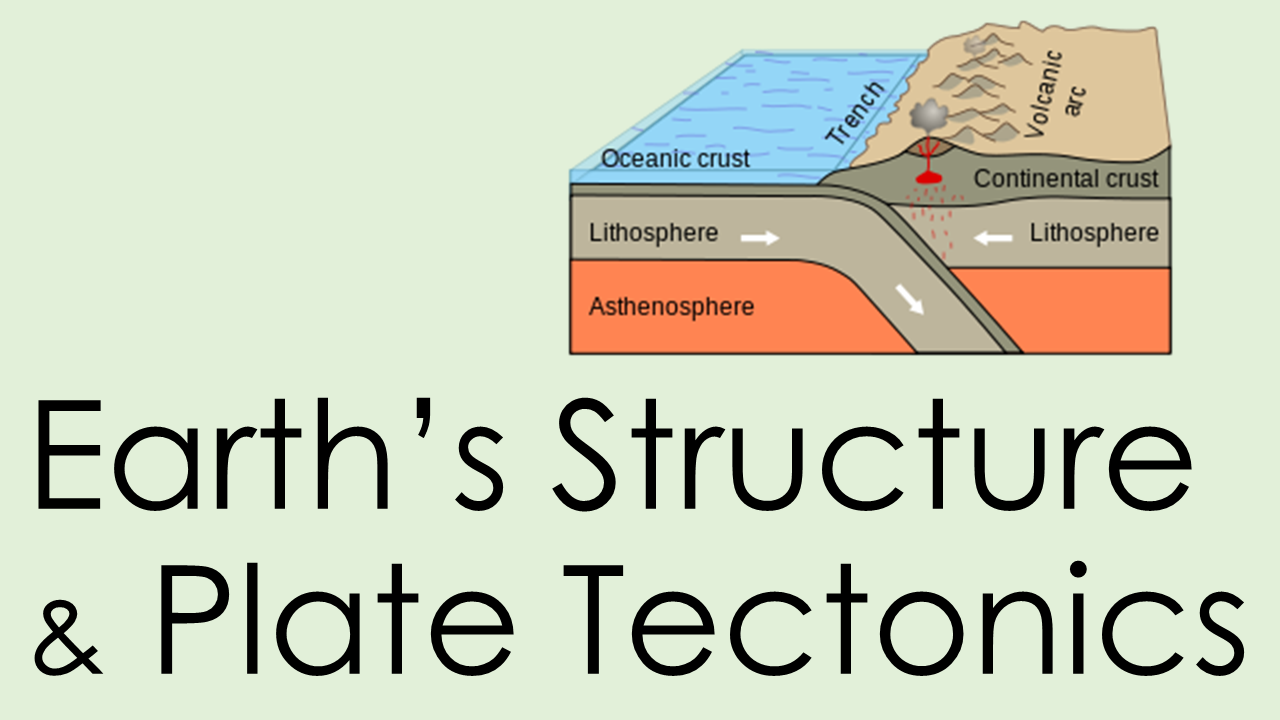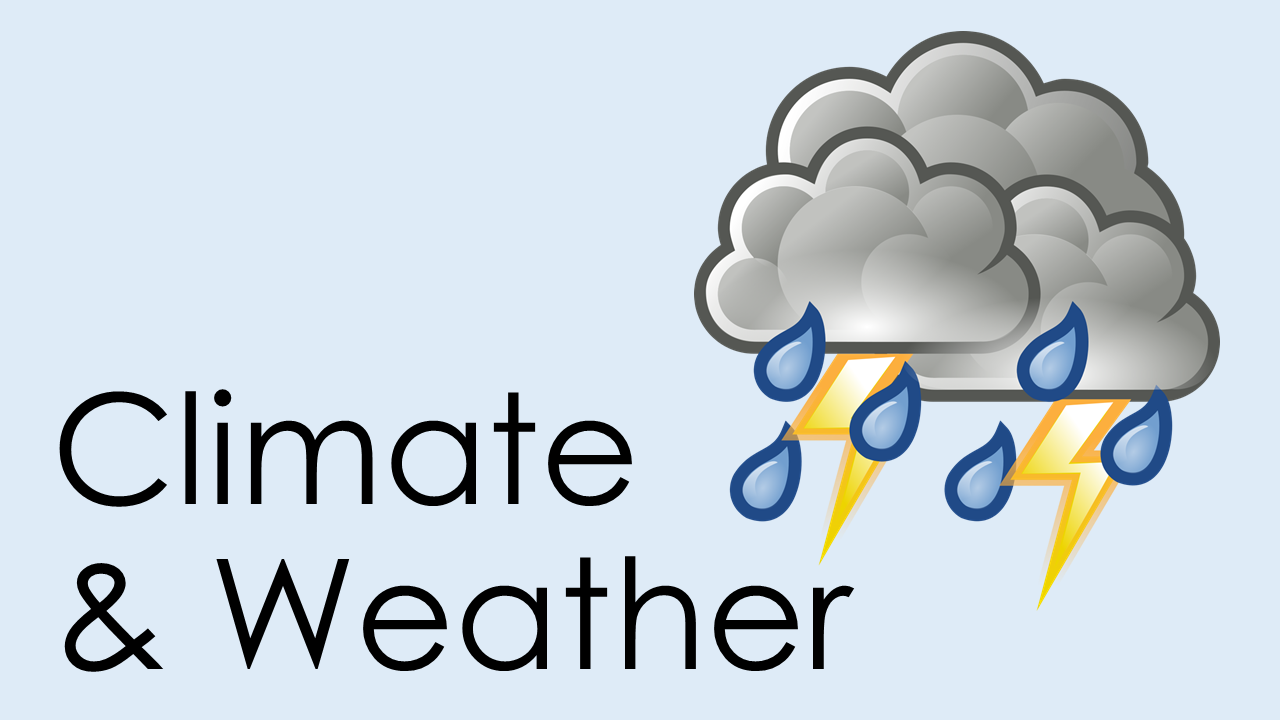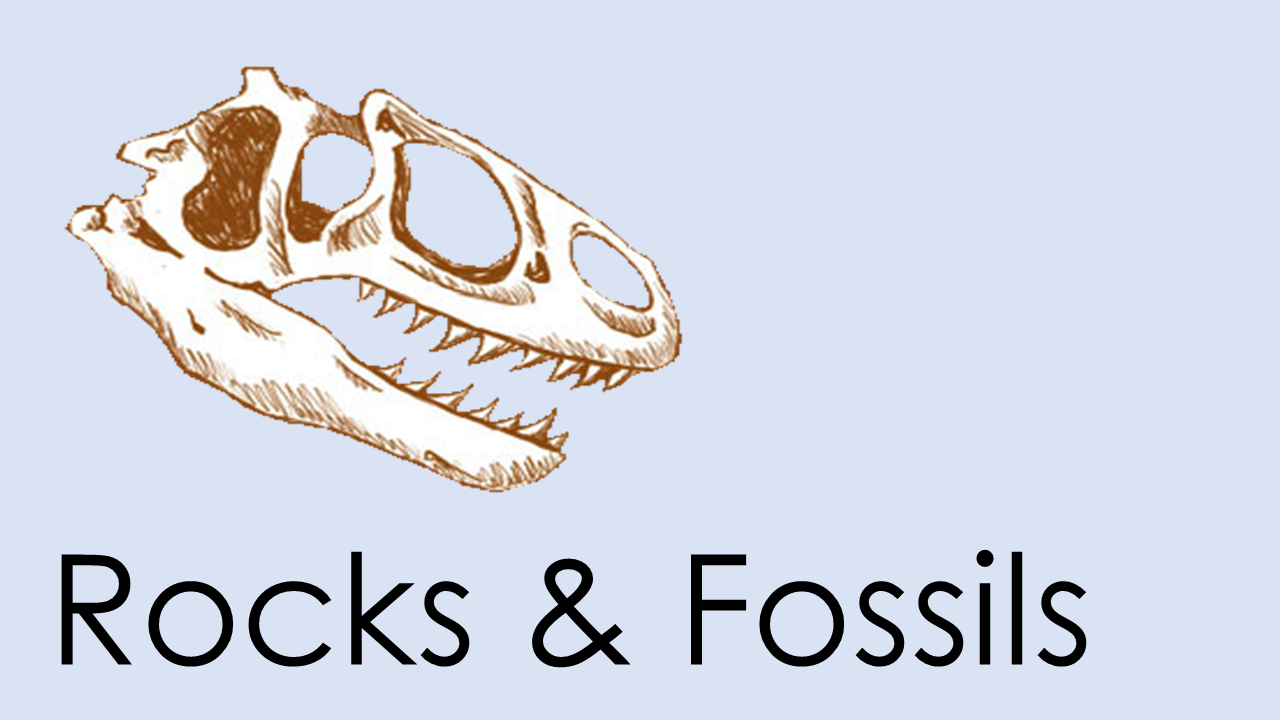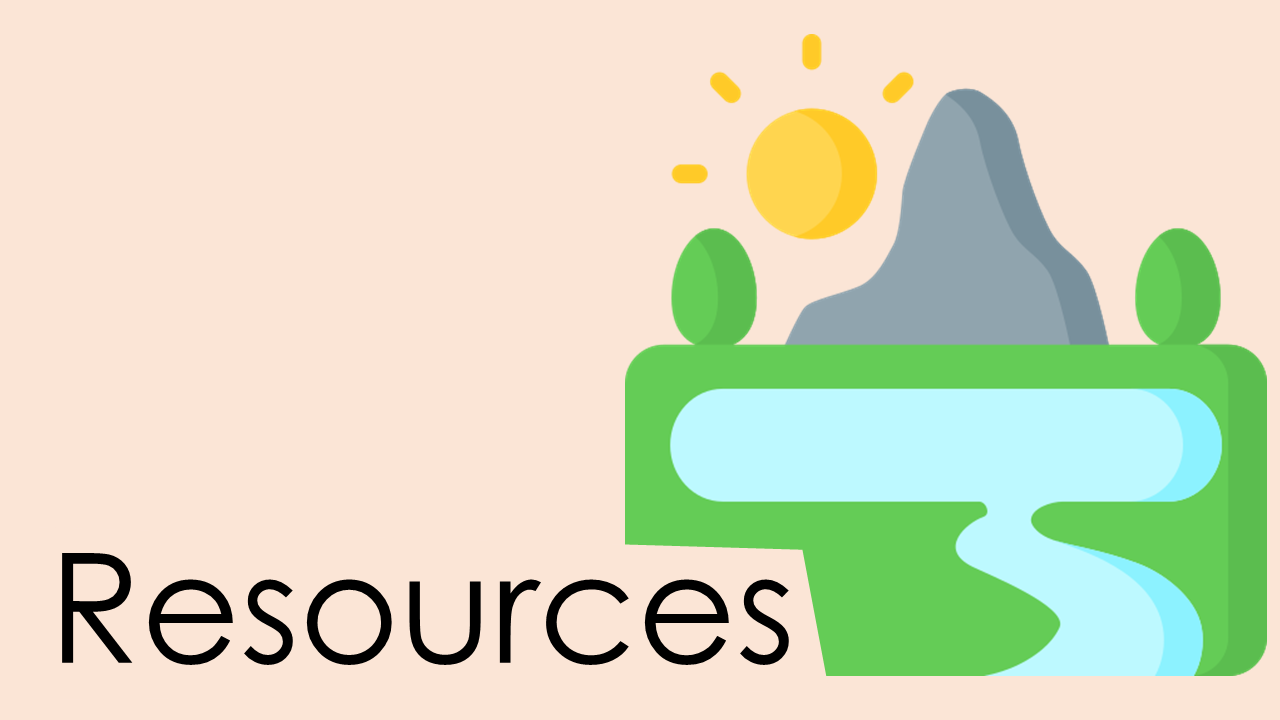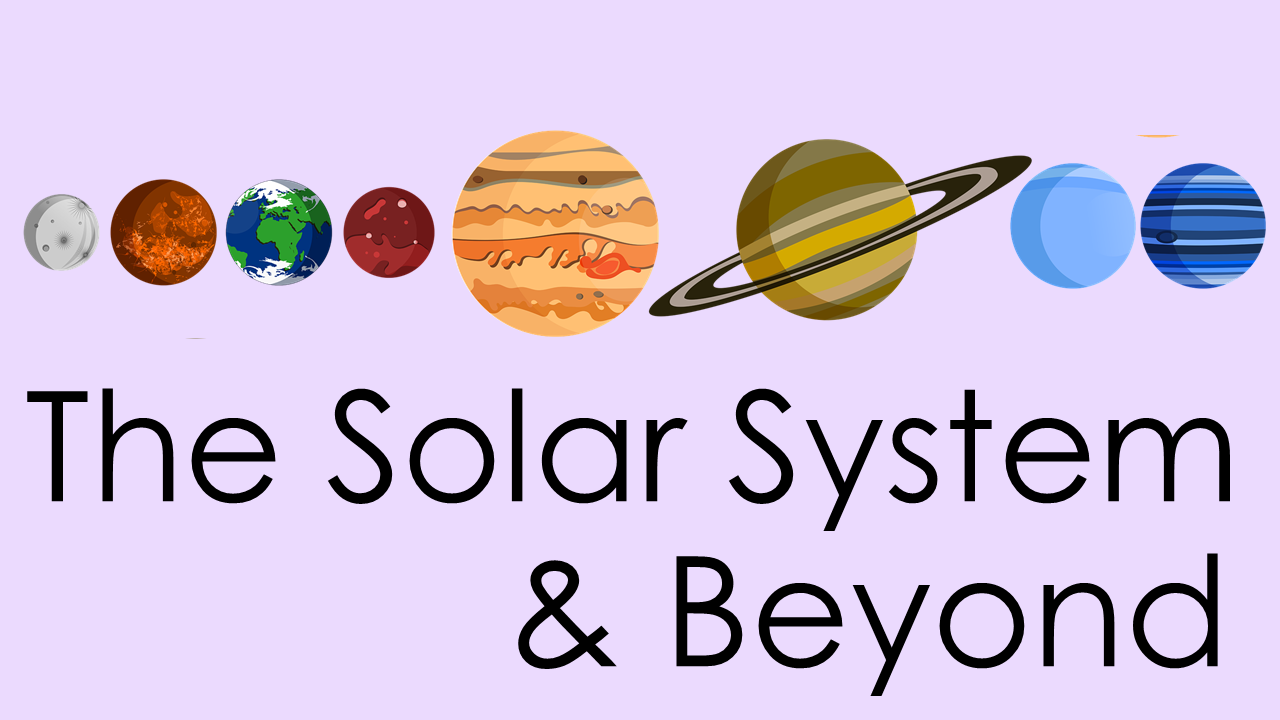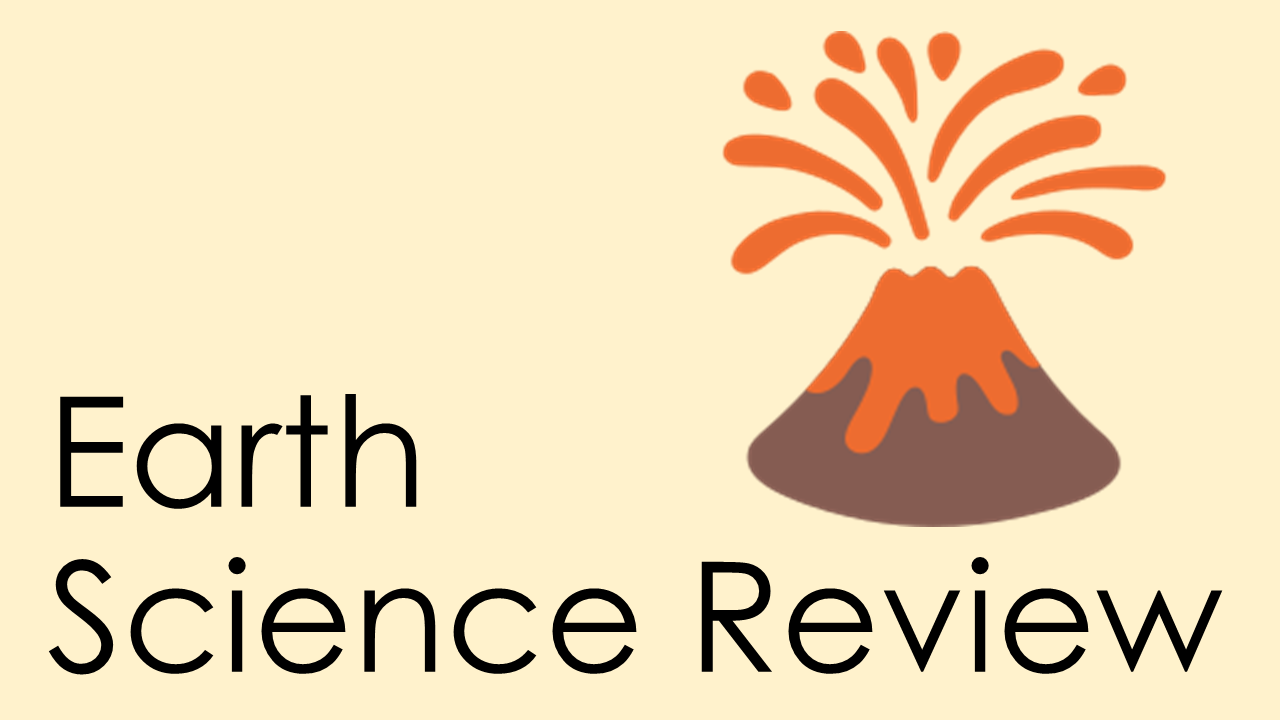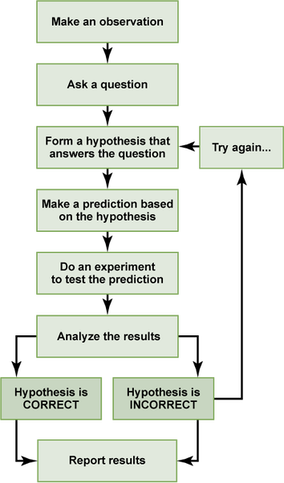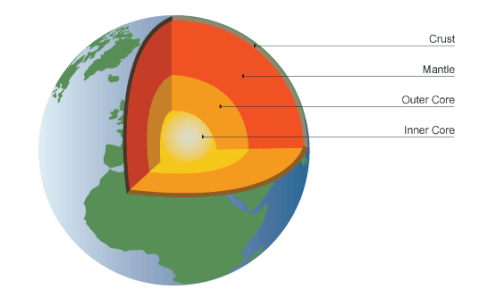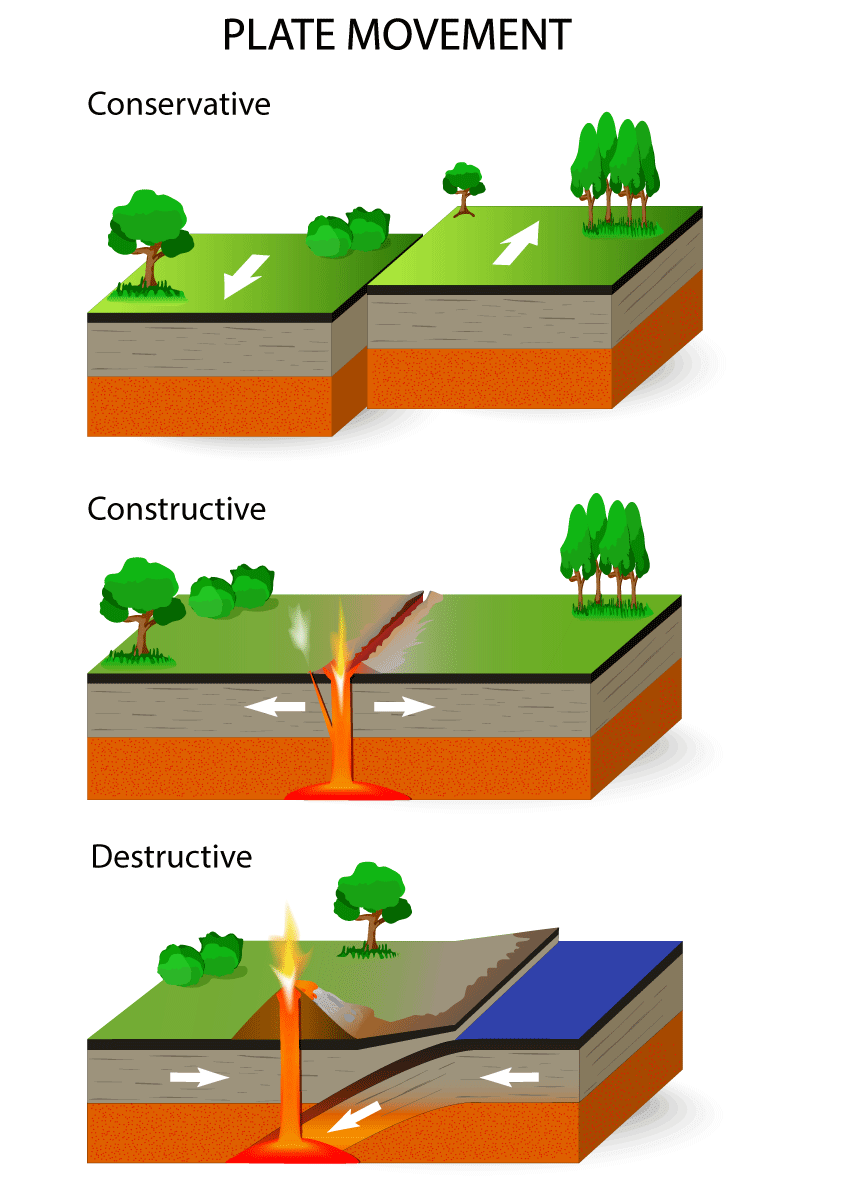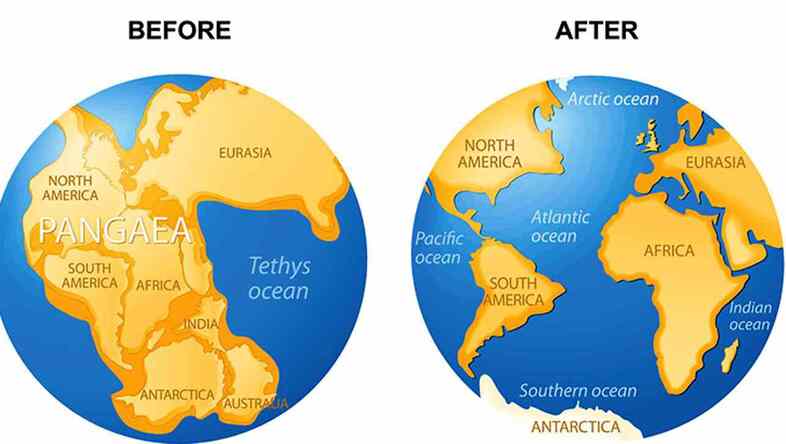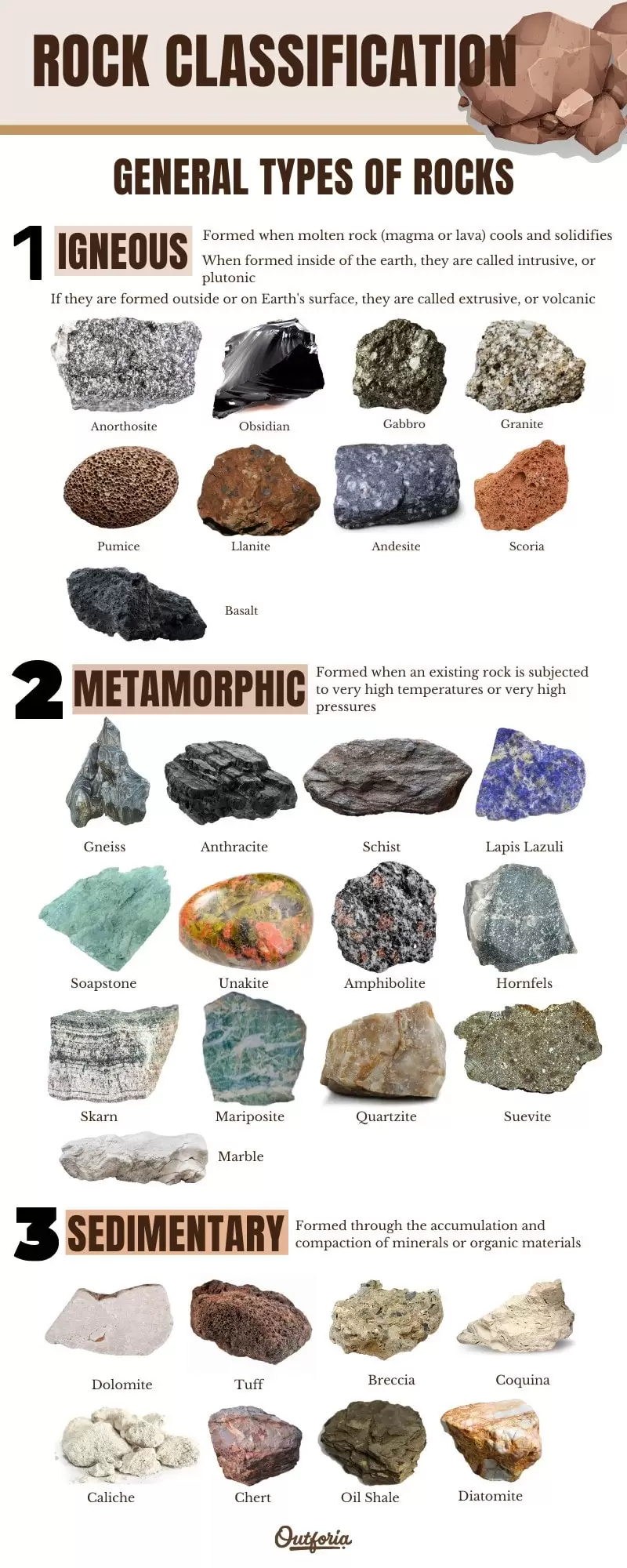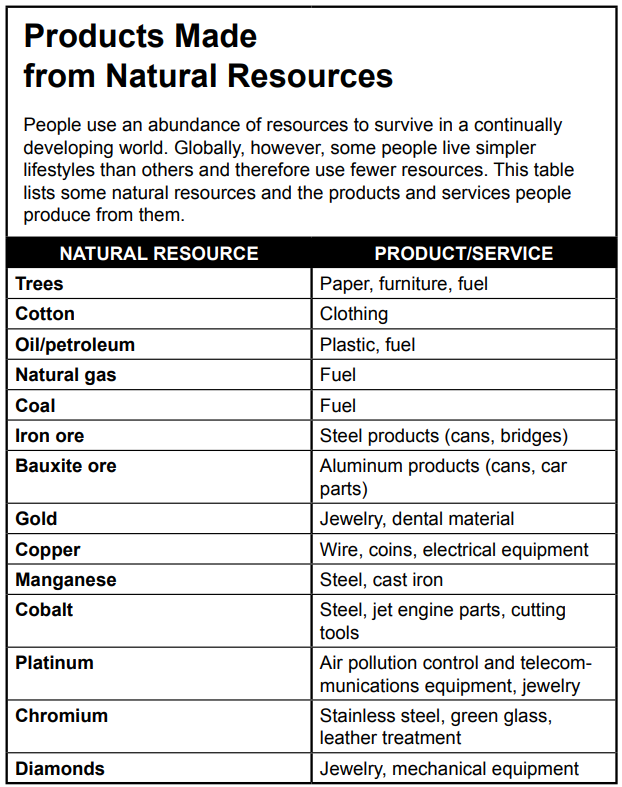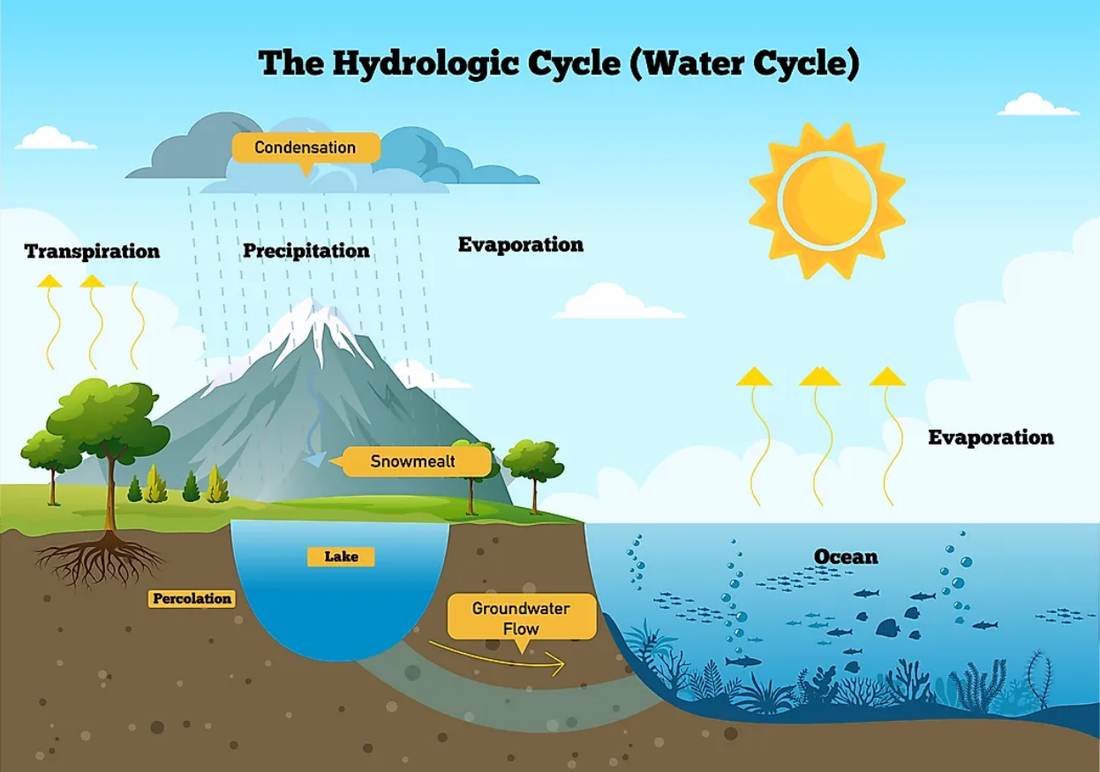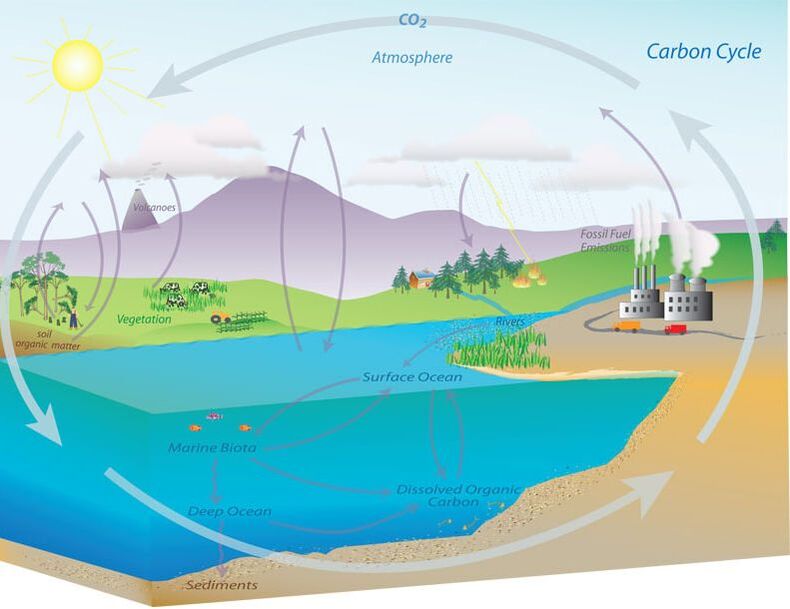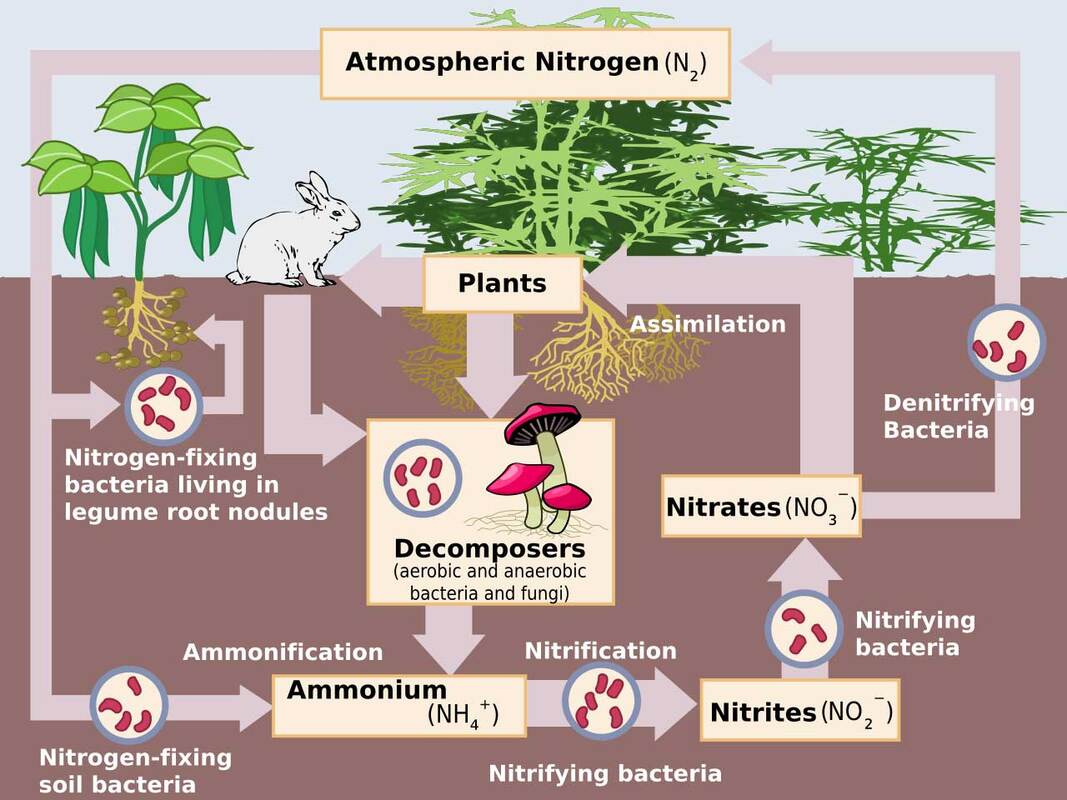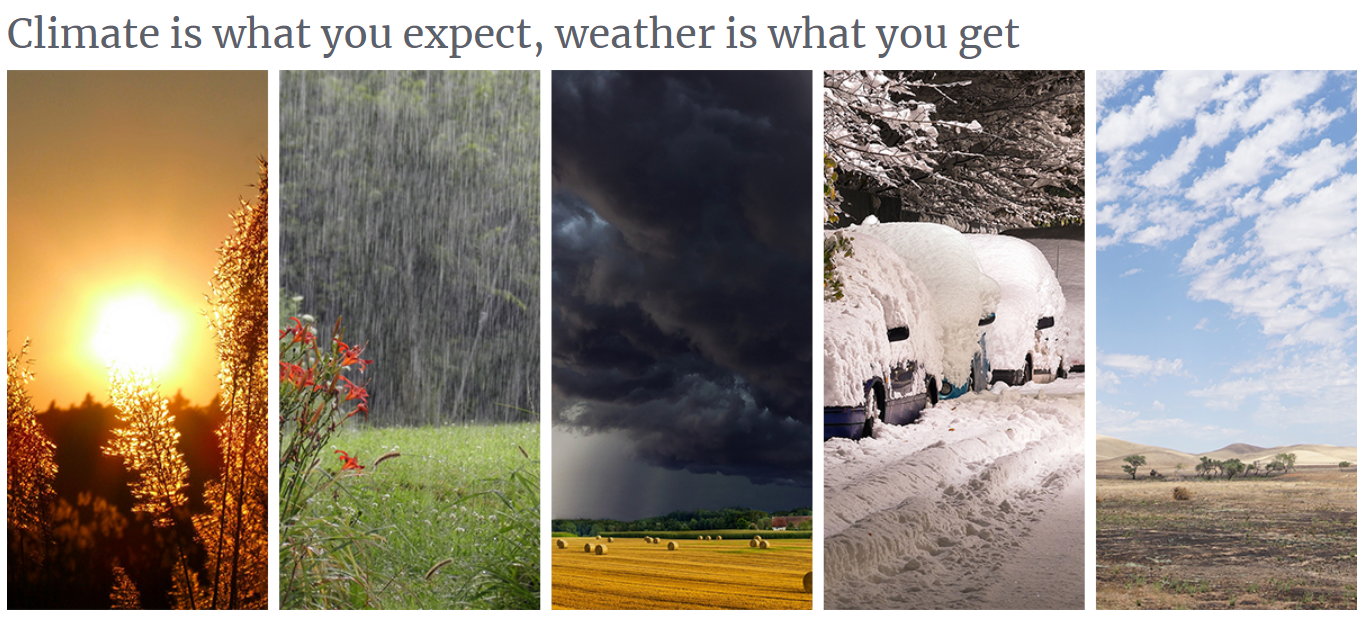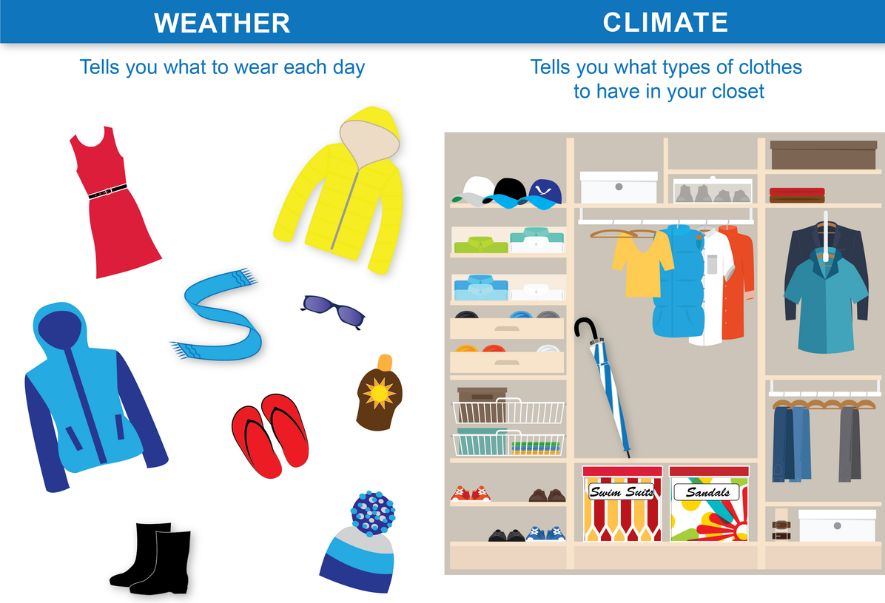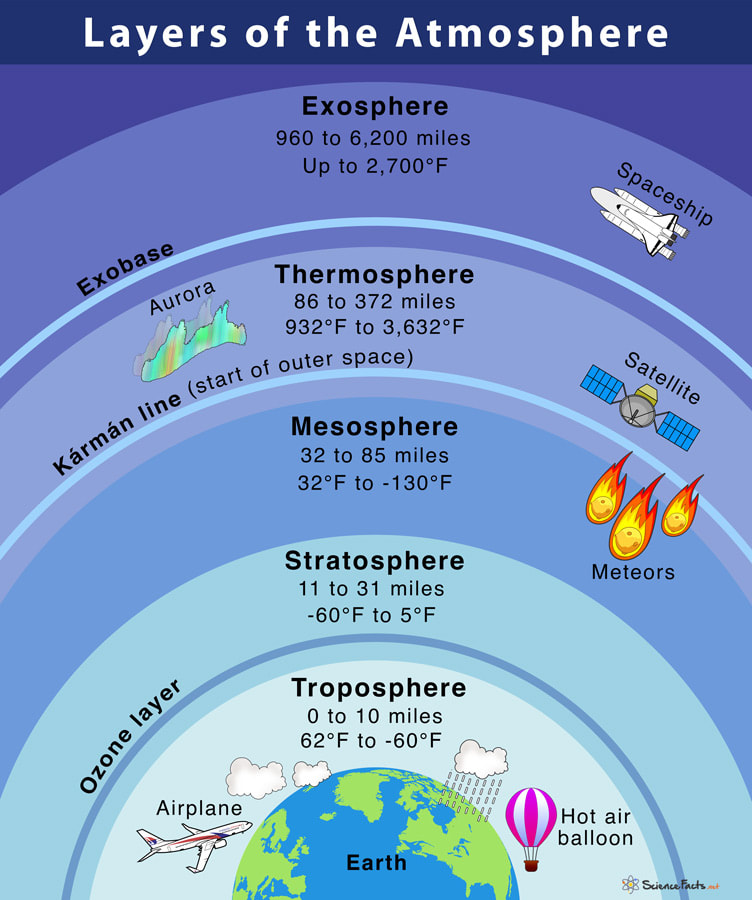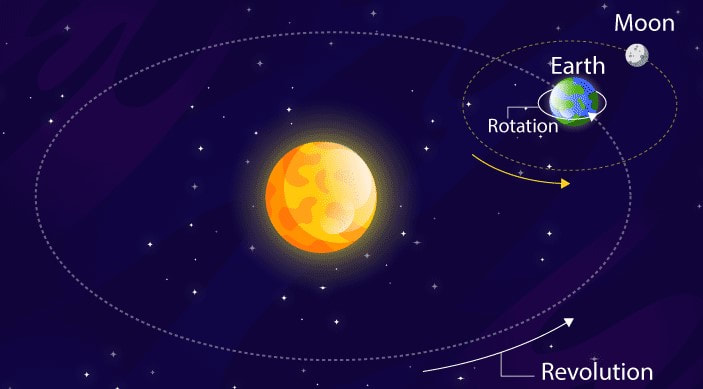Earth Science
Click on the subject you want to study
The Scientific Method
|
The scientific method is a process that is used to find answers to questions about the world around us. There are several versions of the scientific method. Some have more steps, while others have only a few. Even though these elements can be used in an ordered manner, they do not have to follow the same order. It is better to think of the scientific method as fluid process that can take different paths depending on the situation. Just be sure to incorporate all of the elements when seeking unbiased answers.
|
In order to test a hypothesis, an experiment needs to be conducted. The following are important elements to consider when designing an experiment:
- Control - A group that is similar to other groups but is left alone so that it can be compared to see what happened to the other groups that are tested.
- Data - the numbers and measurements you get from the test in a scientific experiment.
- Variable- Something that can cause something you are testing to change. There are several kinds of variables.
- Independent variable - a variable that you change as part of your experiment. It is important to only change one independent variable for each experiment.
- Dependent variable - a variable that changes when the independent variable is changed.
- Controlled Variable - these are variables that you never change in your experiment.
|
|
|
Earth's Structure & Plate Tectonics
Earth is made up of four layers, and each layer has unique characteristics. Read about each layer here.
|
CRUST: The crust is the outermost layer of Earth. This layer, on which life exists, is covered with soil, rock, and water. Relative to the thickness of Earth’s other layers, Earth’s crust can be compared in thickness to the shell of an egg or the skin of an apple. The crust is thickest under the continents and thinnest under the oceans. Thickness: 5 to 64 kilometers (varies depending on which type of crust) State: Solid |
|
MANTLE:
The mantle is Earth’s thickest layer. About 80% of the volume of Earth is contained in Earth’s mantle, which extends from the base of the crust to the liquid outer core. The mantle is generally considered to exist in a solid state, although high temperatures and pressure can cause some of this solid rock to flow like an extremely thick liquid. Thickness: About 2900 kilometers State: Considered solid, but has the quality of plasticity, which means the solid rock in this layer can flow like a thick liquid |
Download "Structure of the Earth" and then answer the questions here:
|
|
OUTER CORE:
Most of the rock in Earth’s outer core is molten, which means that it acts like a hot liquid. The outer core begins about 2900 kilometers below Earth’s surface. Thickness: About 2250 kilometers State: Molten liquid INNER CORE: Earth’s inner core is incredibly dense, because it is under so much pressure. The inner core begins at a depth of about 5,150 kilometers below Earth’s surface. Thickness: Radius is about 1300 kilometers State: Solid |
Watch this video to learn about plate tectonics. and then see how natural disasters like volcanoes and earthquakes are influenced by the movement of plate tectonics on this map.
Download practice GED questions about Earth's structure and plate tectonics below:
| ||||
The theory of plate tectonics explains phenomena of Earth's crust: seafloor spreading, the formation of major landforms, and the movement of continents. According to this theory, Earth's crust is made up of tectonic plates that fit together like a crude jigsaw puzzle. These plates move relative to one another at a rate of up to 15 centimeters a ear. At the boundaries between plates, major landforms such as mountain ranges, volcanoes, ocean trenches, and mid-ocean ridges form, and earthquakes occur. There are three types of plate boundaries, or margins. Read about plate tectonics here.
|
At conservative, or transform margins, two plates slide by one another, and no crust is created or destroyed. For example, the San Andreas fault in California is the boundary between the North American plate and the Pacific plate, which is sliding northwest, causing many earthquakes. At constructive margins, two plates are moving apart and new crust is forming. Molten material from the mantle below wells up in the space between the plates, hardens, and forms new crust, usually at a mid-ocean ridge. For example, at the Mid-Atlantic Ridge, new crust is forming, causing the seafloor to spread and grow by about 5 centimeters a year. At destructive margins, two plates are colliding and crust is being destroyed. When a continental plate collides with an oceanic plate, the denser oceanic crust may be forced under the other plate, forming a deep trench. When two plates consisting of continental crust collide, the crust crumples to form mountain ranges such as the Andes. |
As plates move, they carry the continents with them. Scientists believe that a single large continent, Pangaea, existed about 250 million years ago. It gradually broke apart, and over millions of years the pieces (which are today's continents) drifted into the locations they are in today.
Rocks & FossilsRocks are all around us. They make up the backbones of hills and mountains and the foundations of plains and valleys. Beneath the soil you walk on and the deep layers of soft mud that cover the ocean basins is a basement of hard rock.
Rocks are made up of different minerals, broken pieces of crystals, or broken pieces of rocks. Some rocks are made of the shells of once-living animals, or of compressed pieces of plants. What a rock is made of, the shapes of the grains, and how the grains fit together all provide valuable clues to help us unlock the rock's history hidden within. Rocks are divided into three basic types depending on how they were formed: Igneous, Metamorphic, and Sedimentary. Igneous rocks are “fire-born,” meaning that they are formed from the cooling and solidification of molten (melted) rock. Molten rock material is known as magma until it is erupted onto the surface when it then is termed lava. Igneous rocks are classified into two groups: Intrusive (plutonic) rocks, which solidify within the Earth, and Extrusive (volcanic) rocks, which are erupted onto the surface or into the atmosphere. Metamorphic rocks form when high temperatures and pressure act on a rock to alter its physical and chemical properties (metamorphism means 'to change form'). These conditions often stretch, twist and fold the rock as it cools. In metamorphic rocks some or all of the minerals in the original rock are replaced, atom by atom, to form new minerals. Sedimentary rocks are formed from deposits of pre-existing rocks or pieces of once-living organism that accumulate on the Earth's surface. If sediment is buried deeply, it becomes compacted and cemented, forming sedimentary rock. These rocks often have distinctive layering or bedding. |
Watch the video to learn more about the types of rocks, and download the practice GED questions to test your knowledge of rocks and fossils here:
| ||
The rock cycle describes the processes through which the three main rock types (igneous, metamorphic, and sedimentary) transform from one type into another. The formation and transformation of the various rock types can take many paths through the rock cycle depending on environmental conditions, as shown in the diagram below:
|
Fossils are any preserved remains, impressions, or traces of once-living organisms. Fossils could include bones, shells, stone imprints of animals, objects preserved in amber, petrified wood or DNA remnants. The fossils of bones, teeth, and shells are called body fossils. Most dinosaur fossils are collections of body fossils. Trace fossils are rocks that have preserved evidence of biological activity. They are not fossilized remains, just the traces of organisms. The imprint of an ancient leaf or footprint is a trace fossil. |
|
Fossils tell us when and where plants and animals once existed. Some life "rode" on diverging tectonic plates, became isolated, and evolved into new species. Other life dispersed to new areas as continents reconnected, oceans narrowed, or chains of volcanic islands formed. Finding identical or similar fossils in areas separated by vast distances were some of the first clues that scientists used to reconstruct past plate movement.
Paleontology is the study of fossils: their age, method of formation, and evolutionary significance. Specimens are usually considered to be fossils if they are over 10,000 years old, although the fossilization process continues to occur and affect current and younger specimens. The oldest known fossils are an estimated 4 billion years old.
Paleontology is the study of fossils: their age, method of formation, and evolutionary significance. Specimens are usually considered to be fossils if they are over 10,000 years old, although the fossilization process continues to occur and affect current and younger specimens. The oldest known fossils are an estimated 4 billion years old.
Earth's Resources
|
Natural resources are materials from the Earth that are used to support life and meet people’s needs. Any natural substance that humans use can be considered a natural resource. Oil, coal, natural gas, metals, stone and sand are natural resources. Other natural resources are air, sunlight, soil and water, as well as animals and plants.
Renewable resources are natural resources such as trees, water, sun and wind that can be replenished at about the same rate at which they are used. Renewable resources, however, can be depleted if not properly managed or conserved. Nonrenewable resources are natural resources that are depleted more quickly than they can regenerate. Fossil fuels like oil, coal and natural gas were formed over millions of years. Once mined and used completely, nonrenewable resources are gone forever. |
Watch the video to learn more about renewable and nonrenewable resources, and then download the practice GED questions:
| ||
Natural Disasters
Natural disasters are extreme, sudden events caused by changing climate, weather, and the movement of tectonic plates. These events are classified as disasters when they cause significant harm to a community, such as loss of life and damage to property and infrastructure.
|
Natural disasters such as earthquakes, tsunamis, landslides, and volcanic eruptions are caused by the continuous motions of the many tectonic plates that make up the Earth's outer shell. Other disasters like hurricanes, tornadoes, blizzards, and droughts are caused by weather, and are increasing in frequency because of climate change. Read more about some natural disasters here.
|
Download practice GED questions about natural disasters:
| ||
|
|
|
The Water Cycle
|
Seventy-five percent of the Earth consists of water. It is vital to life on this planet, makes up the majority of human composition, and is part of what makes Earth such a unique planet within our solar system. The water on our planet is also constantly in motion. This movement, and continued changes of the water on Earth is called the Water Cycle. This system describes the cyclical way in which water changes from one state to another, and moves its way around our planet. |
|
Water exist in one of three forms: solid, liquid or gas. Most of the water on earth exists in a liquid state, and includes all rivers, oceans, lakes, rivers streams, and any body of water. Roughly 97 percent of the earth’s water is held in the oceans and seas. The second most abundant state of water is a solid - that is, water in a frozen state. On Earth, 1.7 percent of water is in solid form, primarily in the polar ice caps and glaciers. Water vapor, which is water in its gas form, makes up only 0.001 percent of the Earth’s water sources, and water does not stay in a vaporous form for very long.
The water cycle is the process through which water changes states, and moves from the seas, to the air, and back to the earth again. It is constantly in motion and has been recycling our water for over 4 billion years.
The water cycle is the process through which water changes states, and moves from the seas, to the air, and back to the earth again. It is constantly in motion and has been recycling our water for over 4 billion years.
|
There are four main stages in the water cycle. They are evaporation, condensation, precipitation and collection. Evaporation: This is when warmth from the sun causes water from oceans, lakes, streams, ice and soils to rise into the air and turn into water vapor (gas). Water vapor droplets join together to make clouds! Condensation: This is when water vapor in the air cools down and turns back into liquid water. |
|
|
Precipitation: This is when water (in the form of rain, snow, hail or sleet) falls from clouds in the sky.
Collection: This is when water that falls from the clouds as rain, snow, hail or sleet, collects in the oceans, rivers, lakes, streams. Most will infiltrate (soak into) the ground and will collect as underground water. The water cycle is powered by the sun's energy and by gravity. The sun kickstarts the whole cycle by heating all the Earth's water and making it evaporate. Gravity makes the moisture fall back to Earth.
| ||
|
Watch the video and click here to learn more about the carbon cycle, and download some practice GED questions:
| ||
The Nitrogen Cycle
The third important cycle in Earth's systems in the Nitrogen Cycle. The nitrogen cycle refers to the movement of nitrogen within and between the atmosphere, biosphere, hydrosphere and geosphere.
The nitrogen cycle matters because nitrogen is an essential nutrient for sustaining life on Earth. Nitrogen is a core component of amino acids, which are the building blocks of proteins, and of nucleic acids, which are the building blocks of genetic material (RNA and DNA).
The nitrogen cycle matters because nitrogen is an essential nutrient for sustaining life on Earth. Nitrogen is a core component of amino acids, which are the building blocks of proteins, and of nucleic acids, which are the building blocks of genetic material (RNA and DNA).
|
|
When other resources such as light and water are abundant, ecosystem productivity and biomass is often limited by the amount of available nitrogen. This is the primary reason why nitrogen is an essential part of fertilizers used to enhance soil quality for agricultural activities.
Processes in the Nitrogen Cycle:
|
Most weather happens in the part of Earth’s atmosphere that is closest to the ground—called the troposphere. And, there are many different factors that can change the atmosphere in a certain area like air pressure, temperature, humidity, wind speed and direction, and lots of other things. Together, they determine what the weather is like at a given time and location.
Whereas weather refers to short-term changes in the atmosphere, climate describes what the weather is like over a long period of time in a specific area. Different regions can have different climates. To describe the climate of a place, we might say what the temperatures are like during different seasons, how windy it usually is, or how much rain or snow typically falls.
When scientists talk about climate, they're often looking at averages of precipitation, temperature, humidity, sunshine, wind, and other measures of weather that occur over a long period in a particular place. In some instances, they might look at these averages over 30 years.
Whereas weather refers to short-term changes in the atmosphere, climate describes what the weather is like over a long period of time in a specific area. Different regions can have different climates. To describe the climate of a place, we might say what the temperatures are like during different seasons, how windy it usually is, or how much rain or snow typically falls.
When scientists talk about climate, they're often looking at averages of precipitation, temperature, humidity, sunshine, wind, and other measures of weather that occur over a long period in a particular place. In some instances, they might look at these averages over 30 years.
|
Watch the video to learn more about climate and weather, and download the practice GED questions:
|
| ||
Earth's Atmosphere & Rotation
|
Earth’s atmosphere stretches from the surface of the planet up to as far as 10,000 kilometers (6,214 miles) above. After that, the atmosphere blends into space. Not all scientists agree where the actual upper boundary of the atmosphere is, but they can agree that most of the atmosphere is located close to Earth’s surface—up to a distance of around five to nine miles.
Earth's atmosphere has five major and several secondary layers. From lowest to highest, the major layers are the troposphere, stratosphere, mesosphere, thermosphere and exosphere. You can read about the different layers here. |
Watch the video to learn more about Earth's atmosphere and download the practice GED questions:
| ||
|
Earth rotates on its axis from west to east, and the Sun and the Moon appear to move from east to west across the sky. The spinning of the Earth around its axis is called ‘rotation’. The axis has an angle of 23 1/2º and is perpendicular to the plane of Earth’s orbit. This means the Earth is tilted on its axis, and because of this tilt, the northern and southern hemispheres lean in a direction away from the Sun. The rotation of the Earth divides it into a lit-up half and a dark half, which gives rise to day and night. The Earth's rotation also causes tides in the oceans and seas.
The movement of the Earth around the Sun in a fixed path is called a revolution. The Earth revolves from west to east, and one revolution of the Earth around the Sun takes around one year or precisely 365.242 days. The revolution speed of the earth is 30 km/s-1. Earth's revolution around the sun causes seasons, and it also has a direct influence on the varied length of day and night time. The duration of days and nights are the same at the equator, which is known as the equinox. The duration of days and nights vary in the Northern and Southern hemispheres, which are known as solstices. Watch the video to learn more about rotation and revolution, and download the practice GED questions: |
| ||
The Solar System and Beyond
In the early universe, there were no galaxies. Today, there are many billions. How did they form? Astronomers aren't certain. After the Big Bang, space was made up almost entirely of hydrogen and helium. Some astronomers think that gravity pulled dust and gas together to form individual stars, and those stars drew closer together into collections that ultimately became galaxies. Others think that the mass of what would become galaxies drew together before the stars within them were created.
|
Earth is a part of a galaxy called the Milky Way, which is made up of hundreds of billions of stars. The Solar System, of which Earth is a part, consists of our star, the Sun, and its orbiting planets, along with numerous moons, asteroids, comet material, rocks, and dust. Our Sun is just one star among the hundreds of billions of stars in the Milky Way Galaxy!
|
| ||
|
|
|
Stars are massive, glowing balls of extremely hot gas (called plasma) in space. The Sun is our closest star. Although stars look small in the sky, they are actually massive objects, millions of times larger than the Earth. After the Sun, the nearest star is Proxima Centauri. It is 4.3 light years away, which is about 41 million, million kilometers away!
All the energy in a star is made in its core, by a process called nuclear fusion. The star releases the energy as heat and light. This is what makes a star shine. The outward force generated by the fusion process is balanced by the inward pull of the star's gravity. It is the balance between the two which stops the star from collapsing or expanding.
All the energy in a star is made in its core, by a process called nuclear fusion. The star releases the energy as heat and light. This is what makes a star shine. The outward force generated by the fusion process is balanced by the inward pull of the star's gravity. It is the balance between the two which stops the star from collapsing or expanding.
|
|
Stars come in lots of different sizes and colors. These differences can tell us a lot about what type of star they are. Stars shine for many millions of years but do not last for ever. After forming, they go through several stages which we call the life cycle of a star.
Watch the video to learn more about stars, and download the practice GED questions:
| ||
Earth Science Review
Take this GED practice test to review all you've learned this quarter:
| earth_science_review.pdf |
Structure of the Earth - Part 1
1. Read the following text from Kaplan GED.
Structure of the Earth - Part 2
1. Read the following article from Newsela.
| how_did_scientists_calculate_the_age_of_the_earth.pdf |
2. Answer the practice GED questions here.
Earth's Resources - Part 1
1. Read the following text from Kaplan GED.
| earths_resources.pdf |
2. Answer the practice GED questions here.
Earth's Resources - Part 2
1. Read the following article from Newsela.
| natural_resources.pdf |
2. Answer the following practice GED questions.
| practice_ged_questions__earths_resources_.pdf |
Climate and Weather - Part 1
1. Read the following text from Kaplan GED.
| weather_and_climate.pdf |
2. Answer the following practice GED questions.
| weather_and_climate_ged_practice_questions.pdf |
Climate and Weather - Part 2
1. Read the following article from Newsela.
| newsela-_weather_and_climate.pdf |
2. Answer the practice GED questions.
| ged_weather_and_climate_questions.pdf |
The Solar System - Part 1
1. Read the following text from Kaplan GED.
| science_-_solar_system_text.pdf |
2. Answer the practice GED questions.
| solar_system_questions.pdf |
The Solar System - Part 2
1. Watch "Introduction to the Solar System"
2. Read "Why is the Earth Rotating?" and answer the comprehension questions.
| why_is_earth_rotating_-_text_and_questions.pdf |
3. Complete the practice GED questions.
| solar_system_ged_practice_questions.pdf |
